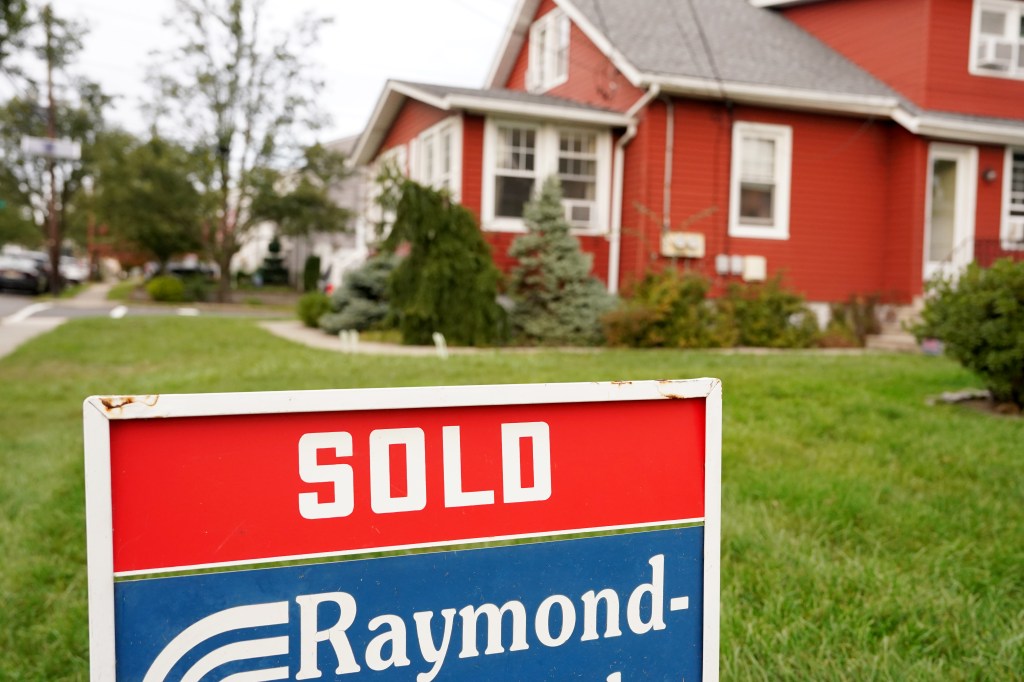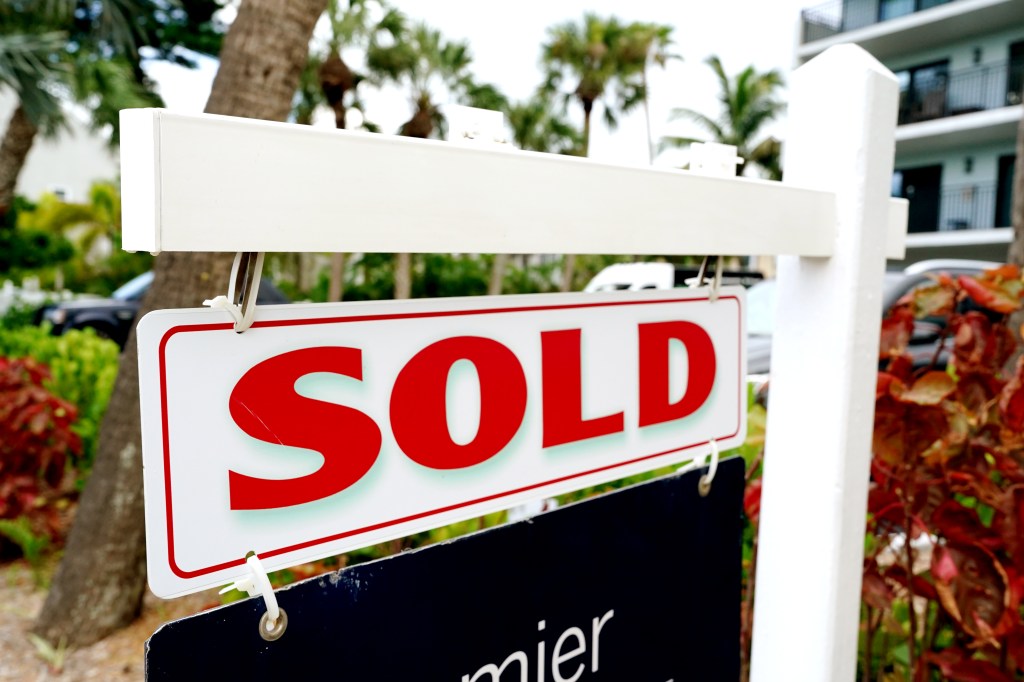Homebuyers may be relieved to hear that down payments are finally falling from historic highs.
A new report from Realtor.com® shows that the average down payment of home buyers from July to September 2024 was an average of 14.5% – or $30,300.
That’s a savings of $2,400 from last quarter’s all-time high of $32,700 (14.9%).
So why are prepayments falling? Fewer homebuyers are out there, which gives those braving today’s market more leverage, according to Realtor.com senior economic research analyst Hannah Jones.
“The year-over-year decline in prepayments is a result of less buyer competition in the third quarter,” says Jones. “Easing demand and increased inventory gave buyers more flexibility last quarter, which led to slightly fewer prepayments.”
To produce these findings, Realtor.com’s economic research team examined down payment trends across the US, individual states and 150 major metropolitan areas through the third quarter of 2024, using data from Optimal Blue. The team then determined the down payment as a percentage of the sale price by averaging the data.

States with the biggest down payment declines
Dollar advance amounts fell in 21 states in the third quarter of 2024.
States that saw the biggest declines in foreclosures include COVID-19 pandemic-era hotspots like Texas and Florida.
These states “have seen a significant softening over the past year as falling demand and rising inventory weigh on home prices and reduce competition,” Jones says.
The five states with the biggest down payment declines were Florida, down 24% year over year, to $27,000; Texas, down 23.2%, to $14,400; Wyoming, down 22.3%, to $25,200; District of Columbia, down 17.7%, to $81,300; and South Dakota, down 16.4%, to $31,400.
The meter with the smallest advances
“In general, the metros with the smallest down payments tend to be relatively affordable and loaded with inventory,” says Jones.
Housing stock was between 19% and 37% more plentiful in these metros than a year ago, and homes were spending more time on the market.
The median list price in each of those markets was more than $30,000 below the national average, enabling lower payments, according to Jones.
The top two markets with the smallest down payments are San Antonio, TX and Virginia Beach, VA, which are both military markets. In markets with a high military population, buyers are more likely to use a VA loan, which can allow for a $0 down payment.
In San Antonio, the median down payment in the third quarter of 2024 was $5,200, or 7.4%. That’s $900 less year over year.
The average down payment in Virginia Beach was 9.1%, or $7,300 — which is actually $600 higher than at the same time last year.
Rounding out the five metros with the lowest prepayments were Memphis, TN, with an average payment of $8,300 (down 9.8%, or $2,500, year over year); New Orleans, with a median payment of $13,500 (up 11.2%, or $3,000, year over year); and Houston, with an average payment of $17,500 (down 11.8%, or $2,000, year over year).

States with the biggest down payment increases
The top five states with the largest annual prepayment growth were all in the Northeast and Midwest.
“The Northeast and Midwest markets are heavily represented in recent Hottest Housing Market reports, confirming that buyer demand is driving competition and higher prices, resulting in higher down payments,” says Jones.
In dollar amounts, Rhode Island saw the biggest down payment growth, with the typical down payment going from $45,300 to $60,400 year over year – an increase of $15,000 (33.8%).
In Delaware, the typical down payment went from $40,400 to $53,600 – which was an increase of $13,200 (32.8%).
The typical Wisconsin down payment went from $28,300 to $35,500 – which was an increase of $7,200 (25.2%).
In Nevada, the typical down payment went from $33,300 to $40,900 – which was an increase of $7,600 (22.8%).
Finally, the typical Ohio down payment went from $15,100 to $18,500 – an increase of $3,400 (22.8%).
The meter with the largest prepayments
Four of the five metros with the highest down payment amounts are in California, which includes some of the most expensive housing markets in the country.
“These costly meters tend to see large down payments as both interest rates and interest payments rise with larger loan amounts, prompting buyers to put as much down as possible to avoid these costs,” says Jones.
San Jose, CA, continues to be the metro with the largest average down payment, with the average home buyer putting down about $312,000, or 27.7% of the purchase price. That’s an increase of nearly $76,000 from the same quarter last year, when buyers decreased 24.8%.
In August, the median price of a single-family home in San Jose topped $2 million, marking the first time a city has reached such a milestone since the National Association of Realtors began tracking the data in 1979.
Other California metros in the top five were San Francisco, at No. 2; Sacramento, at no. 3; and Los Angeles, at no. 5.
In San Francisco, buyers pay an average of $231,400 for a home, or 25%. That’s $28,900 more than the same time last year.
Homebuyers put down an average of $109,000, or 21.0%, in Sacramento. That’s a change of $5,200 year over year.
In Los Angeles, buyers put down an average of 20.9%, or $159,700. That’s $7,400 higher than last year’s third quarter.
Boston, at no. 4, stands out on this list of high-priced California markets. Buyers in Beantown put down an average of 20.9%, or $109,000, which was $2,000 more than last year.
“These high-priced areas tend to have wealthier, higher-income residents who have the funds to invest more in a home,” says Jones.
The future of prepayments
Although prepayments have started to trend lower, they remain historically high.
“With many buyers opting out of the home buying market altogether, those who remain are likely to be better positioned to make a bigger down payment and incentivized to do so by higher mortgage rates,” it says. Jones.
As mortgage rates ease, more buyers will likely enter the market and the incentive to downsize their home loan will diminish.
“However, if for-sale inventory fails to meet increased buyer demand, down payments could rise once again,” says Jones.
#Downpayments #falling #historic #highs #save #today
Image Source : nypost.com